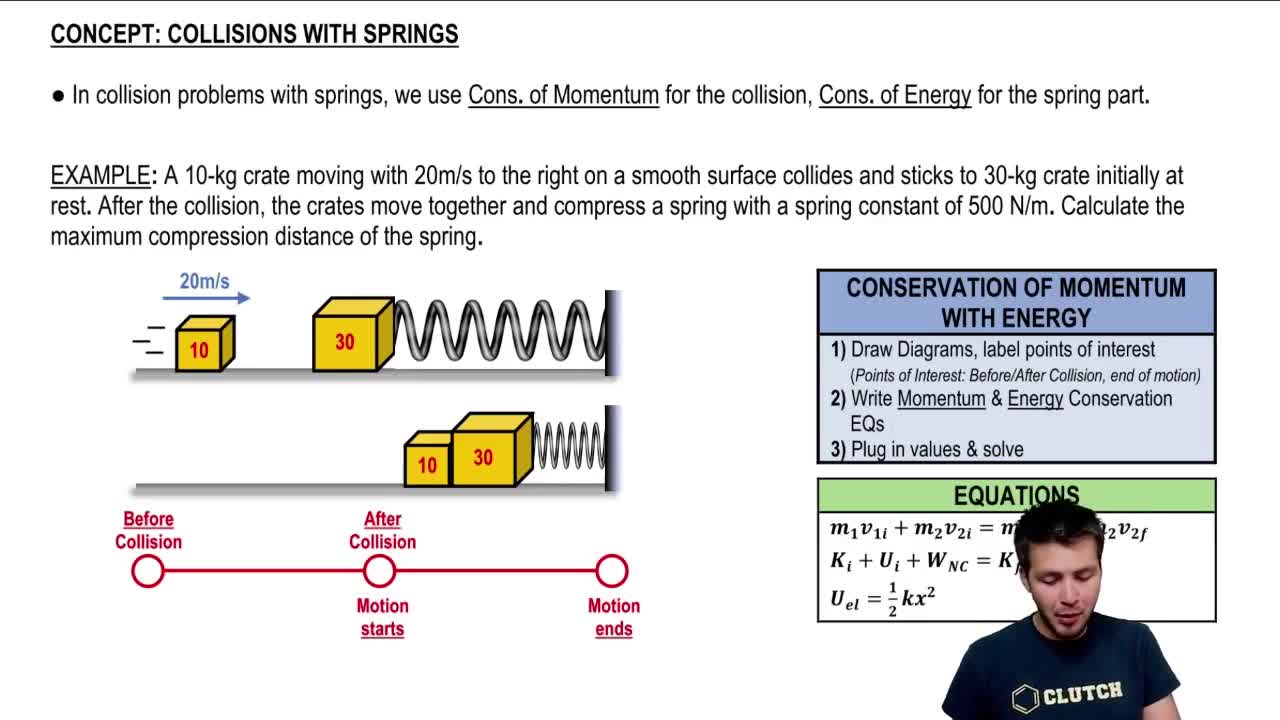Here are the essential concepts you must grasp in order to answer the question correctly.
Root Mean Square Speed (rms speed)
The root mean square speed is a measure of the average speed of particles in a gas. It is calculated from the kinetic theory of gases and is given by the formula v_rms = sqrt(3kT/m), where k is the Boltzmann constant, T is the temperature in Kelvin, and m is the mass of a gas molecule. This concept is crucial for understanding the motion of gas molecules and their kinetic energy.
Recommended video:
Root-Mean-Square Speed of Ideal Gases
Kinetic Theory of Gases
The kinetic theory of gases describes the behavior of gas molecules in terms of their motion and interactions. It posits that gas pressure results from collisions of molecules with the walls of a container. This theory provides a framework for deriving relationships between temperature, pressure, volume, and the number of molecules, which is essential for calculating collision rates.
Recommended video:
Introduction to Kinetic-Molecular Theory
Collision Rate
The collision rate refers to the frequency at which gas molecules collide with a surface, such as the wall of a container. It can be estimated using the formula Z = (1/4) * n * A * v_rms, where n is the number density of molecules, A is the area of the wall, and v_rms is the root mean square speed. Understanding this concept is vital for solving problems related to gas pressure and molecular dynamics.
Recommended video:
 Verified step by step guidance
Verified step by step guidance


